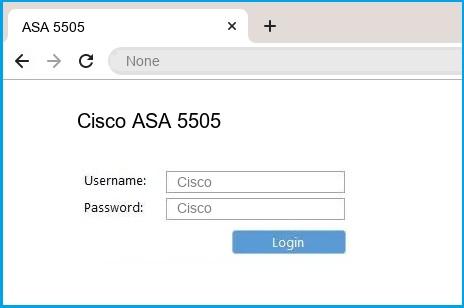

The route command, in its most basic form, assigns a default route for traffic, typically to an ISP’s router.

The nat statement, as shown below, tells the firewall to allow all traffic flowing from the inside to the outside interface to use whatever address is dynamically (DHCP) configured on the outside interface. The subnet 0.0.0.0 0.0.0.0 command states that obj_any will affect any IP address not configured on any other object. (You do not have to name the object “obj_any” that is a descriptive name, but you could just as easily name it “Juan”.) The network option states that this particular object will be based on IP addresses. The object network obj_any statement creates an object called “obj_any”. interface ethernet 0/0 switchport access vlan 2 no shutdown interface ethernet 0/1 switchport access vlan 1 no shutdownĬiscoasa(config-if)# object network obj_any This command is not used on the ASA 55x0 appliances. In the next example, the interface command is used to identify physical interfaces, assign them to switchports on the appliance, and enable them (turn them on). The switchport access command on the ASA 5505 security appliance assigns a physical interface to a logical (VLAN) interface. In the following sample configuration, an IP address is assigned to VLAN 1, the inside interface. If you are using non-standard masks, you must explicitly configure the mask, otherwise, it is not necessary. With modern versions of security appliance software, it is not necessary to explicitly configure default subnet masks. The ip address command assigns an IP address to a VLAN interface either statically or by making it a DHCP client. INFO: Security level for "outside" set to 0 by default. INFO: Security level for "inside" set to 100 by default. Once in interface configuration mode, you can assign physical interfaces to switchports and enable them (turn them on) or you can assign names and security levels to VLAN interfaces. The interface command identifies either the hardware interface or the Switch Virtual Interface (VLAN interface) that will be configured.

Configuring cisco asa 5505 software#
To enable basic functionality, there are eight basic commands (these commands are based on software version 8.3(1) or greater): Additionally, management must be allowed from at least one inside host. Basic functionality is defined as allowing inside hosts to access outside hosts, but not allowing outside hosts to access the inside hosts. Initially, however, there are just a few commands required to configure basic functionality on the appliance. As you gain knowledge of the appliance, you will use more and more of the commands. There are literally thousands of commands and sub-commands available to configure a Cisco security appliance. It is an excerpt from his latest: The Accidental Administrator: Cisco ASA Security Appliance: A Step-by-Step Configuration Guide NDNA_asa(config)# failover interface ip faillink 10.4.1.1 255.255.255.0 standby 10.4.1.2 's a guest post sent to me by Don Crawley, author of The Accidental Administrator book series. NDNA_asa(config-if)# failover lan faillink vlan 50 VLANs 20, 21, and 22 are trunked on Ethernet 1/1. The below mentioned example is just a basic example to Cisco ASA trunk ports where we are going to configures seven VLAN interfaces, including the failover interface which is configured using the failover LAN command. The configurations, IP addresses and topology shown here is only for the demo purposes and has no relevance with any of the enterprise networks. Below is the basic topology showing the Cisco ASA placed in the enterprise network. Now let's talk about the basic Cisco ASA configuration for the trunk port. We are putting two ASA where one is the primary one and another is the failover ASA in the DMZ zone. Today I am going to talk about the basic Cisco ASA configuration of trunk ports and also to make that Cisco ASA with the failover link.


 0 kommentar(er)
0 kommentar(er)
